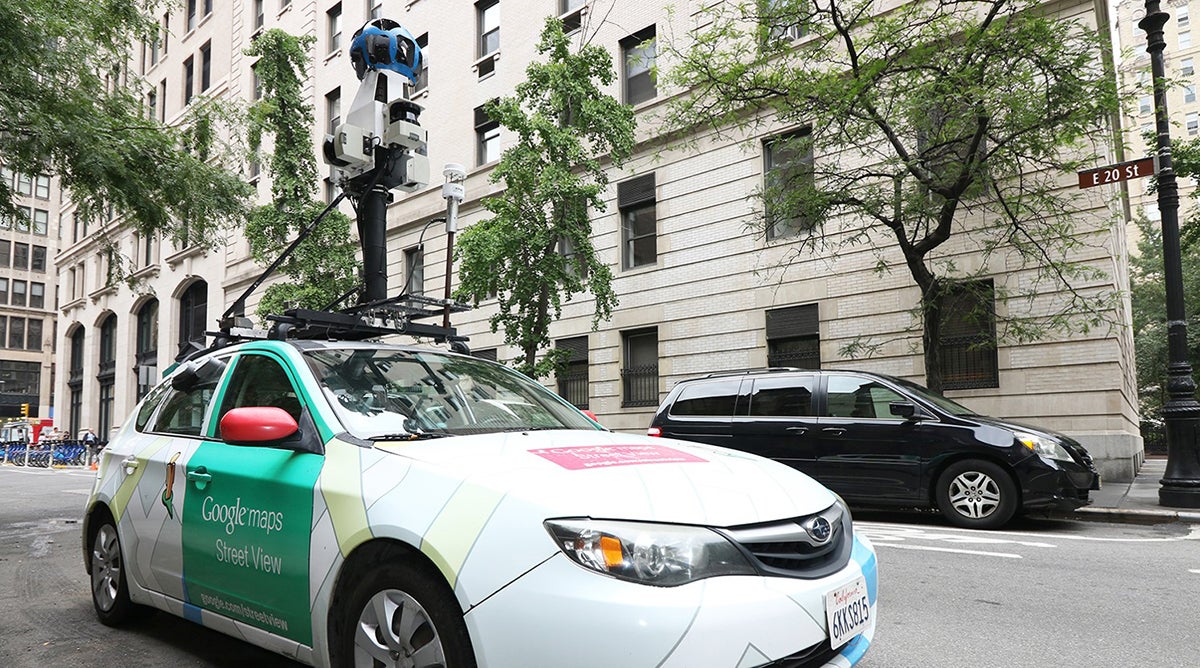- Resources
- Environmental innovation will transform business as usual
Resources
Environmental innovation will transform business as usual
Published: March 28, 2018 by Tom Murray
As the Trump administration rolls back environmental protections that could harm human health for decades, it’s increasingly up to businesses to lead the way, charting the course to a future that includes both a thriving economy and a thriving planet.
Leading the way requires first setting ambitious, public targets like the over 340 companies taking science-based climate action and 90 that have approved science-based targets; collaborating with partners across the value chain for maximum scale and impact Walmart’s Project Gigaton, a collaborative effort to reduce 1 billion tons for emissions, is a powerful example; and, supporting smart climate and energy policy
BSR’s new sustainability framework closely echoes these leadership approaches and recommends that companies create resilient business strategies that align with sustainability goals. GreenBiz’s 2018 State of Green Business report further supports these and other requirements for sustainability leadership, adding that businesses need to improve reporting on climate risk, impact, and progress towards goals. The We Mean Business coalition adds further calls to action for companies: join the low carbon technology partnerships initiative, grow the market for sustainable fuels and electric vehicles, and take proactive steps to end deforestation by 2020.
Yet currently missing from all of this corporate sustainability leadership guidance is a call for companies to accelerate environmental innovation and deployment of next generation technology sensors, AI, data analytics and visualization, and digital collaboration to solve our most pressing environmental challenges.
We’re on the verge of a new wave of environmental progress: a revolution in environmental protection and advocacy driven by new technologies that give people the power to understand problems and scale solutions like never before. Leading companies and investors have a critical role to play and will help define the impact of this wave. Ensuring that 21st century problems are met with 21st century solutions.

Fourth Wave environmental innovation
Environmental progress doesn’t just happen. It is propelled by successive waves of innovation inspired by leaders and actions. Teddy Roosevelt and John Muir launched the modern conservation movement. This First Wave of environmental advocacy created our national parks and protected our lands. It was followed by an era defined by Rachel Carson and the birth of environmental law the Second Wave of environmentalism.
The third and most recent wave of the environmental movement took shape in 1990 when McDonald’s and EDF joined forces to drive innovation in packaging and waste reduction. Today, Third Wave problem-solving, market-based approaches and corporate partnerships have become standard practices.
Now, in the Fourth Wave of environmental progress, an upcoming report from EDF shows that business leaders overwhelmingly recognize there is more potential than previous waves to improve the economy and the environment. Eighty-six percent of executives surveyed agreed that Fourth Wave technology can help their bottom line as well as improve their impact on the environment; this figure increases to 91% among those in the C-Suite.
These forward-thinking executives understand that a prosperous tomorrow will come through groundbreaking innovations that help create sustainable solutions.
Innovation is already underway
 Already, many leading companies like Walmart and IBM have begun investing in and implementing environmental innovations that are empowering people to take action for example, by using Blockchain to track and improve food waste across the supply chain. Here are other examples of Fourth Wave innovation in action:
Already, many leading companies like Walmart and IBM have begun investing in and implementing environmental innovations that are empowering people to take action for example, by using Blockchain to track and improve food waste across the supply chain. Here are other examples of Fourth Wave innovation in action:
EDF and Google Earth Outreach teamed up to map air pollution threats on a block-by-block scale in West Oakland, California, to give communities actionable, empowering information that previously not even government could provide.
The Mobile Monitoring Challenge, a joint effort between EDF and Stanford with technical advice from ExxonMobil and others, was launched to inspire new and innovative approaches to reducing methane emissions at oil and natural gas sites.
This challenge was preceded by the Methane Detectors Challenge, a groundbreaking partnership between EDF, oil and gas companies, technology developers and entrepreneurs that catalyzed the development and deployment of stationary, continuous methane monitors that can prevent the loss of valuable product for the oil and gas industry and reduce pollution. By making methane data more accessible, environmental solutions can get to scale faster than ever before. Already, Shell, Statoil and PG&E are all conducting demonstration projects to test out the next-generation of methane sensors.
Pathways to environmental progress
Innovation will also be at the heart of EDF’s work to leverage market forces to accelerate environmental protection and economic growth.
Despite the Trump administration’s continued attempts to jeopardize the environmental gains of the last several decades, I’m hopeful about the future of our planet. Fueling this hope is the Fourth Wave of environmental progress, where the exponential growth in innovation will empower people business leaders, entrepreneurs, investors, individuals, and communities to take action and fill the gaps in environmental leadership.
Follow Tom Murray on Twitter
